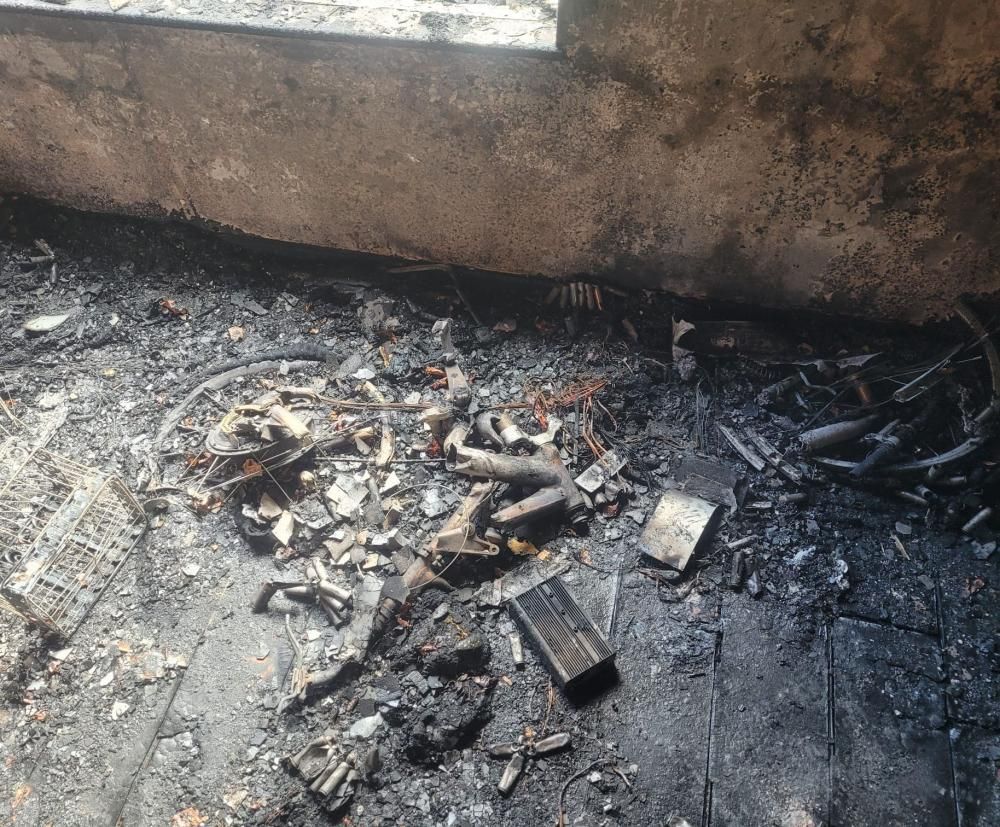Mounting a TV is a great way to make the most of the space in a room. By lifting a TV from the floor, you can reclaim a lot of space that can now be used for any number of things, from adding an extra armchair into a living room to simply leaning into a minimalist look.
Wall mounting a TV in a living room is popular for reasons of style, but mounts can also be utilised throughout a home to great effect. Bedrooms that are kitted out with the best 32-inch TVs can help use space more efficiently while using a moveable arm mount in the kitchen can have a TV poke around the corner of cabinets or spin around to be viewed from the dining table, see here: https://www.whatsthebest.co.uk/tech/televisions/best-32-inch-tvs/
If you’re interested in mounting a TV in your home, there are a few things that you need to be aware of before reaching for the drill.
Here’s everything you need to know about TV wall mounts:
Picking the correct mount size: Understanding VESA
TVs are mounted using four reinforced, purpose-built holes found on the back of a TV set. These holes correspond to holes found on wall mounting brackets, so it’s important that everything lines up. Luckily, VESA exists.
VESA is a standard of measurement that lets you know that a TV set and TV wall mounting bracket will match up. Examples of the sizes found on TVs are VESA 100 and VESA 200. The number refers to the distance in millimetres between the holes, vertically and horizontally.
If you look at the manufacturer’s online specification sheet or in the manual of your TV model, you should be able to find the correct VESA size. If not, you can look for the holes on the back of the TV and measure them yourself.
If your TV does not have VESA points, then it cannot be wall mounted.
Types of wall mount
Wall mounts typically come in two types.
Basic TV wall mounts are those that sit flush against the wall. They consist of a mounting bracket which attaches to the rear VESA points of a TV and then locks onto a second wall-mounted bracket. Some of these mounts have a tilting function, allowing you to slightly angle the TV downwards. These options usually can accept larger and heavier TVs.
Arm TV wall mounts have the TV positioned on an arm which can be positioned and moved. As they hold the TV further away from the wall, the size of the TV they can accept is limited – often to around 32-inches. However, they are useful for mounting TVs in awkward or smaller spaces, like kitchens and bedrooms.
The size, style and materials used in wall mounts mean that they often have a minimum and maximum compatible TV size stated. Always follow this guidance – if your TV falls below the medium, it won’t fit, and if it’s above the maximum, you risk the TV breaking from the mount.
Always use wall plugs and follow instructions provided with a mount.
Here are our top tips to ensure that your wall mounting is a success:
Use a strong wall
If you were to line up everything in your house in weight order, your TV sets would probably sit pretty low in the running. But this doesn’t mean that it’s light, especially when it's mounted onto a small section of wall via four screws. For this reason, wall mounting is only a suitable option if the wall is good and strong. Brick walls are best, with only very well-built stud walls being an option for the lightest (and smallest) TVs.
Making sure you’ve picked a good wall protects you from two problems: a dropped and smashed TV, and a wall with a hole in it.
Think of the light
Where are the main light sources in the TV room? Make sure your mounted TV isn’t going to be at an angle that will just reflect light glare and make the viewing experience very unpleasant.
Think of the wires
A dangling mess of wires falling from the back of a mounted TV is not a good look. If you’re in the mood for some serious DIY, you can recess a cable channel behind some plasterboard. A cheaper and quicker method is to use a covered wire gutter that you can trim and stick vertically under your TV set, keeping wires ordered and hidden from view.
Measure, measure, measure
A TV-mounted well looks incredible. A TV poorly mounted looks awful. One main slip-up people make when mounting a TV is they aren’t careful enough to measure and can end up looking on the wonk. Use a reliable tap measure, mark the points for mounting screws clearly and consult a spirit level to ensure your TV is straight before committing to the drill.
High TVs are a pain in the neck
TVs mounted high on a wall make sense in the local pub where crowds must peer over the heads of fellow patrons, but in a home, they look dorky and are super uncomfortable to look at from sofa level, as they strain the neck. If the only space you have available to mount a TV is above a fireplace or something of a similar height, consider sticking to a traditional floor-based corner unit.







